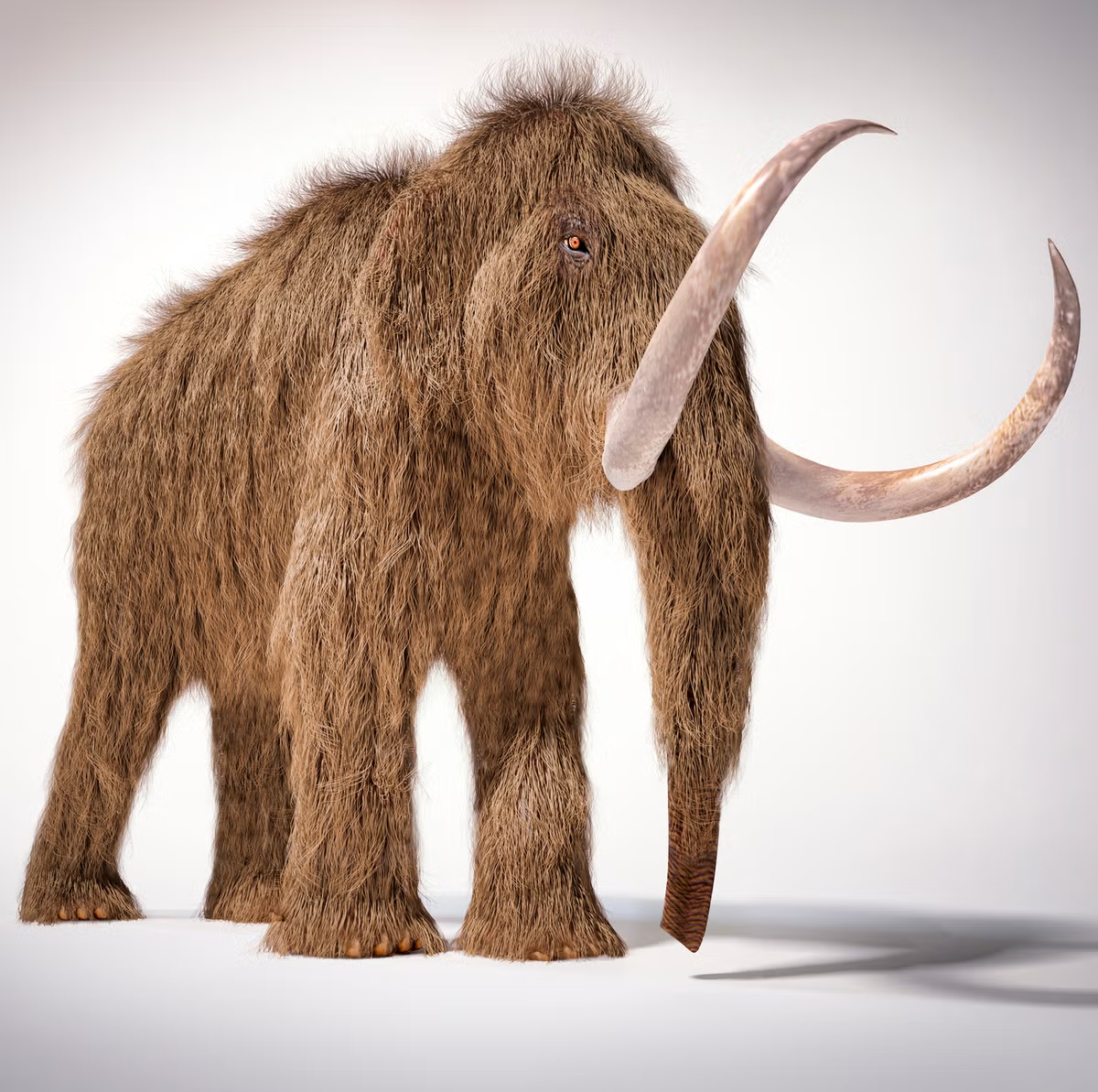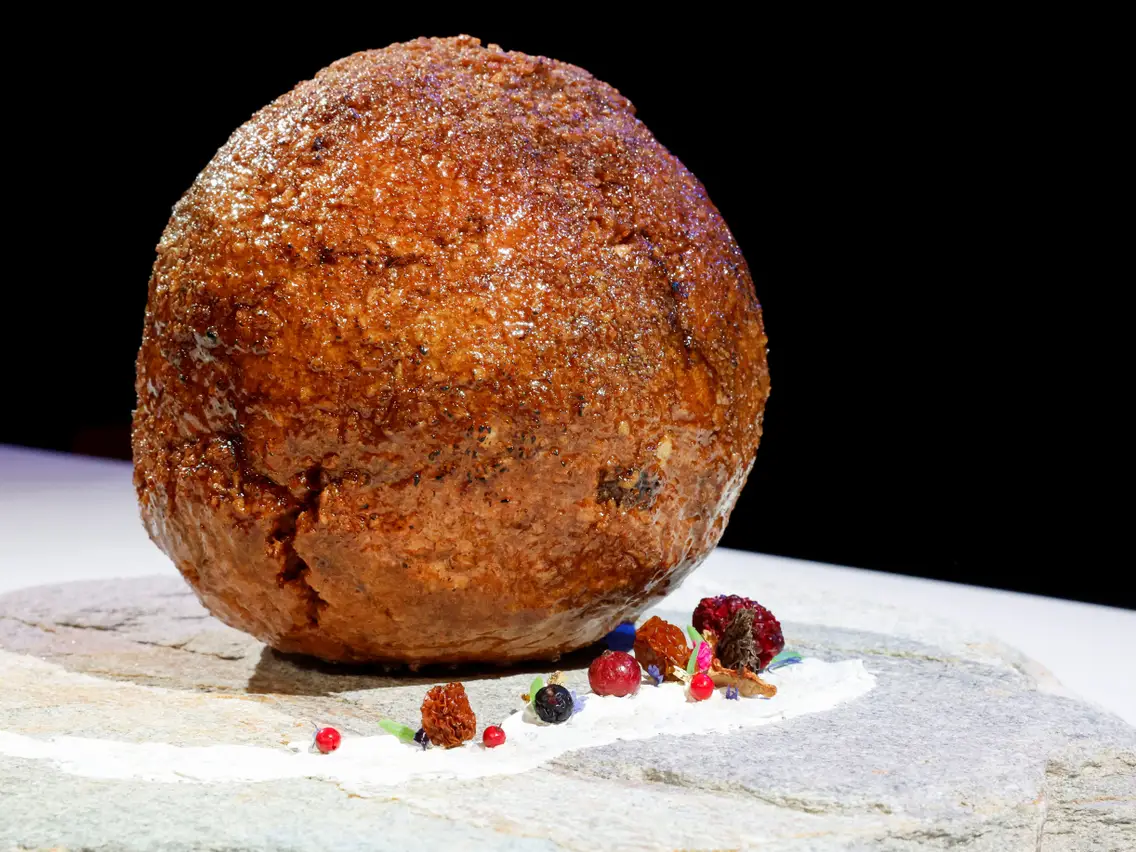A cultivated meat company has created a mammoth meatball, resurrecting the flesh of long-extinct animals.
This project aims to demonstrate the potential of meat grown from cells without slaughtering animals and to highlight the connection between large-scale livestock production and the destruction of wildlife and the climate crisis.
Produced by Vow, an Australian company, the mammoth meatball represents a unique approach to cultured meat.
While many companies are working on replacements for conventional meats like chicken, pork, and beef, Vow is focusing on mixing and matching cells from unconventional species to create new kinds of meat.
The company has already explored the potential of over 50 species, including alpaca, buffalo, crocodile, kangaroo, peacocks, and various types of fish.
The first cultivated meat expected to be sold to diners will be Japanese quail, anticipated to appear in Singaporean restaurants this year.
“We have a behavior change problem when it comes to meat consumption,” said George Peppou, CEO of Vow. “The goal is to transition a few billion meat eaters from consuming conventional animal protein to eating products produced in electrified systems.
We believe the best way to do that is to invent new meat. We look for cells that are easy to grow, tasty, and nutritious, then mix and match those cells to create delicious meat.”
Tim Noakesmith, who cofounded Vow with Peppou, explained, “We chose the woolly mammoth because it symbolizes diversity loss and climate change.” The mammoth is believed to have been driven to extinction by human hunting and the warming climate after the last ice age.
The initial idea came from Bas Korsten at creative agency Wunderman Thompson: “Our aim is to start a conversation about how we eat and what future alternatives can look and taste like. Cultured meat is meat, but not as we know it.”
While plant-based meat alternatives are now common, cultured meat replicates the taste of conventional meat. Currently, cultivated chicken meat from Good Meat is only sold to consumers in Singapore, but two companies have now passed an approval process in the U.S.
In 2018, another company used DNA from an extinct animal to create gummy bears made from gelatin derived from a mastodon, another elephant-like animal.
The cells used to produce the mammoth meat protein were created at the Australian Institute for Bioengineering at the University of Queensland.

The DNA sequence for mammoth myoglobin, a key muscle protein that gives meat its flavor, was taken and the few gaps were filled using elephant DNA.
This sequence was placed in myoblast stem cells from a sheep, which then replicated to grow into the 20 billion cells used by the company to produce the mammoth meat.
“It was ridiculously easy and fast,” said Professor Ernst Wolvetang, who worked with Vow on this project. “We did this in a couple of weeks.” Initially, the idea was to produce dodo meat, but the necessary DNA sequences do not exist.
No one has yet tasted the mammoth meatball. “We haven’t seen this protein for thousands of years,” said Wolvetang. “So we have no idea how our immune system would react when we eat it. But if we did it again, we could certainly do it in a way that would make it more palatable to regulatory bodies.”
Wolvetang understands that people may initially be wary of such meat: “It’s a little bit strange and new – it’s always like that at first. But from an environmental and ethical point of view, I personally think cultivated meat makes a lot of sense.”
Large-scale meat production, particularly beef, significantly damages the environment, with many studies indicating the need for a substantial reduction in meat consumption in wealthy nations to address the climate crisis.
Cultivated meat uses much less land and water than livestock and produces no methane emissions.
Vow states that the energy it uses comes entirely from renewable sources and that foetal bovine serum, a growth medium derived from cattle fetuses, is not used in any of its commercial products. To date, the company has raised US$56 million (£46 million) in investment.
Wolvetang believes there will be increasing overlap between the technologies used in medical and human stem cell research and those used in cultured meat production.
For instance, cells can be programmed to develop in response to their immediate environment, potentially allowing the growth of meat cuts containing muscle, fat, and connective tissue.
Seren Kell, from the Good Food Institute Europe, said, “I hope this fascinating project will open up new conversations about cultivated meat’s extraordinary potential to produce more sustainable food.
However, as the most common sources of meat are farm animals such as cattle, pigs, and poultry, most of the sustainable protein sector is focused on realistically replicating meat from these species.
By cultivating beef, pork, chicken, and seafood, we can have the most impact in terms of reducing emissions from conventional animal agriculture.”
The mammoth meatball will be revealed on Tuesday evening at Nemo, a science museum in the Netherlands.







Leave a Reply